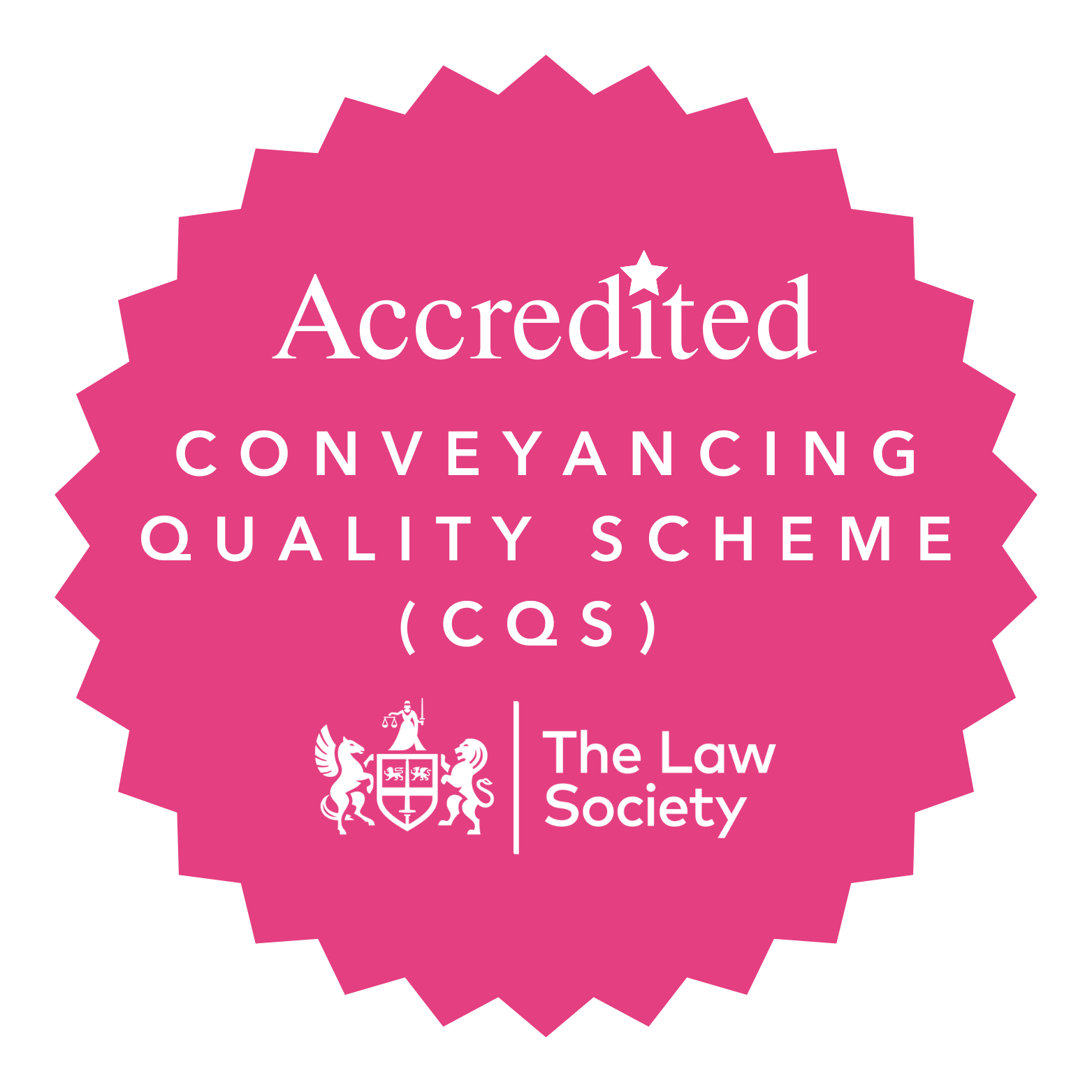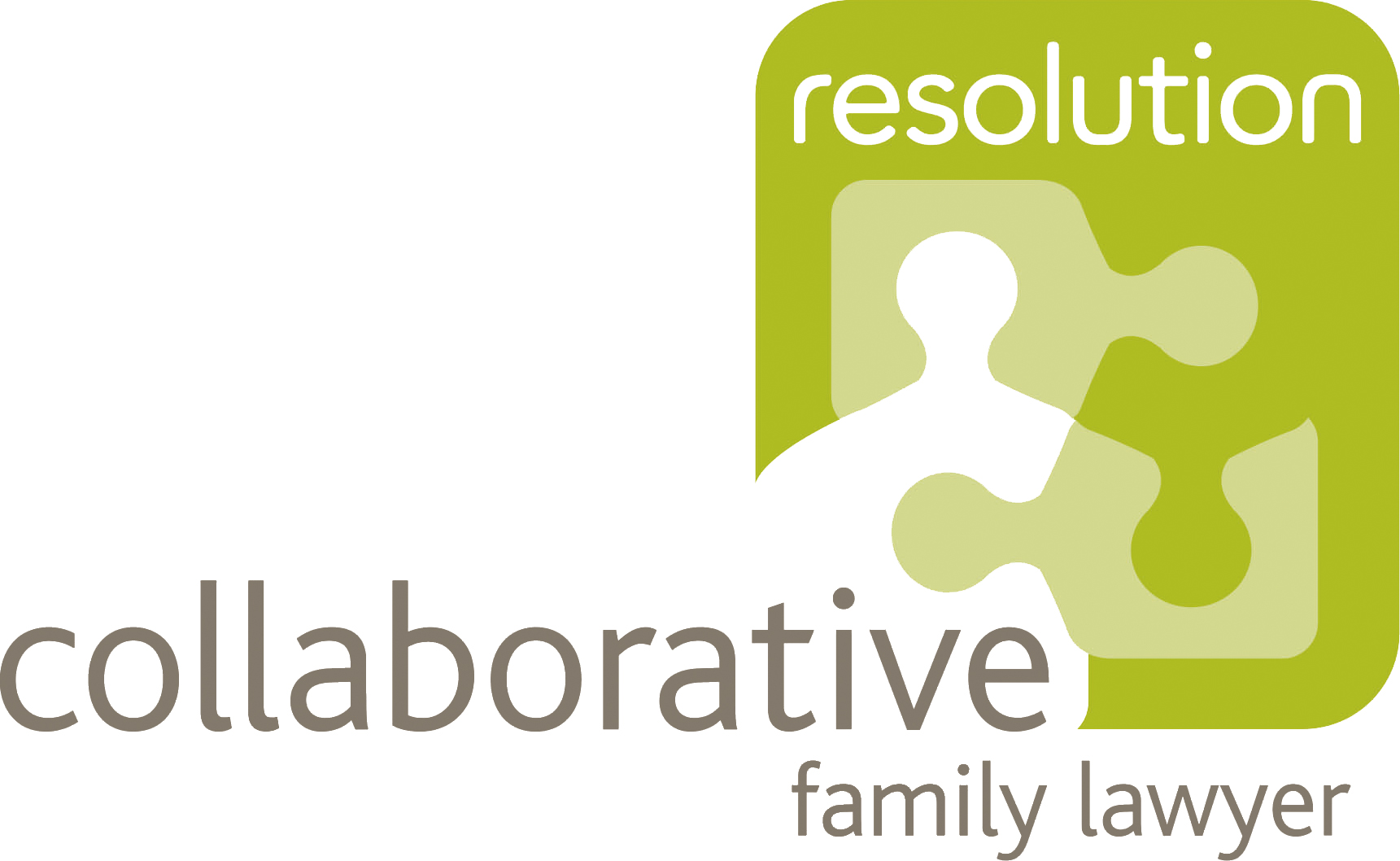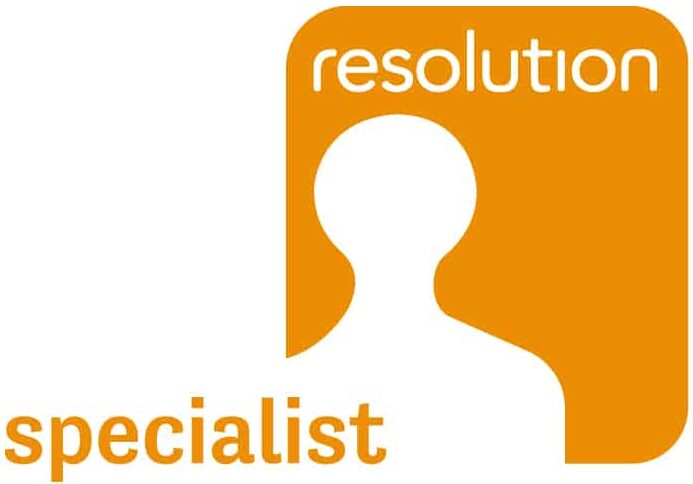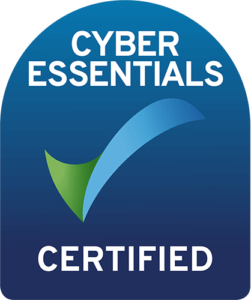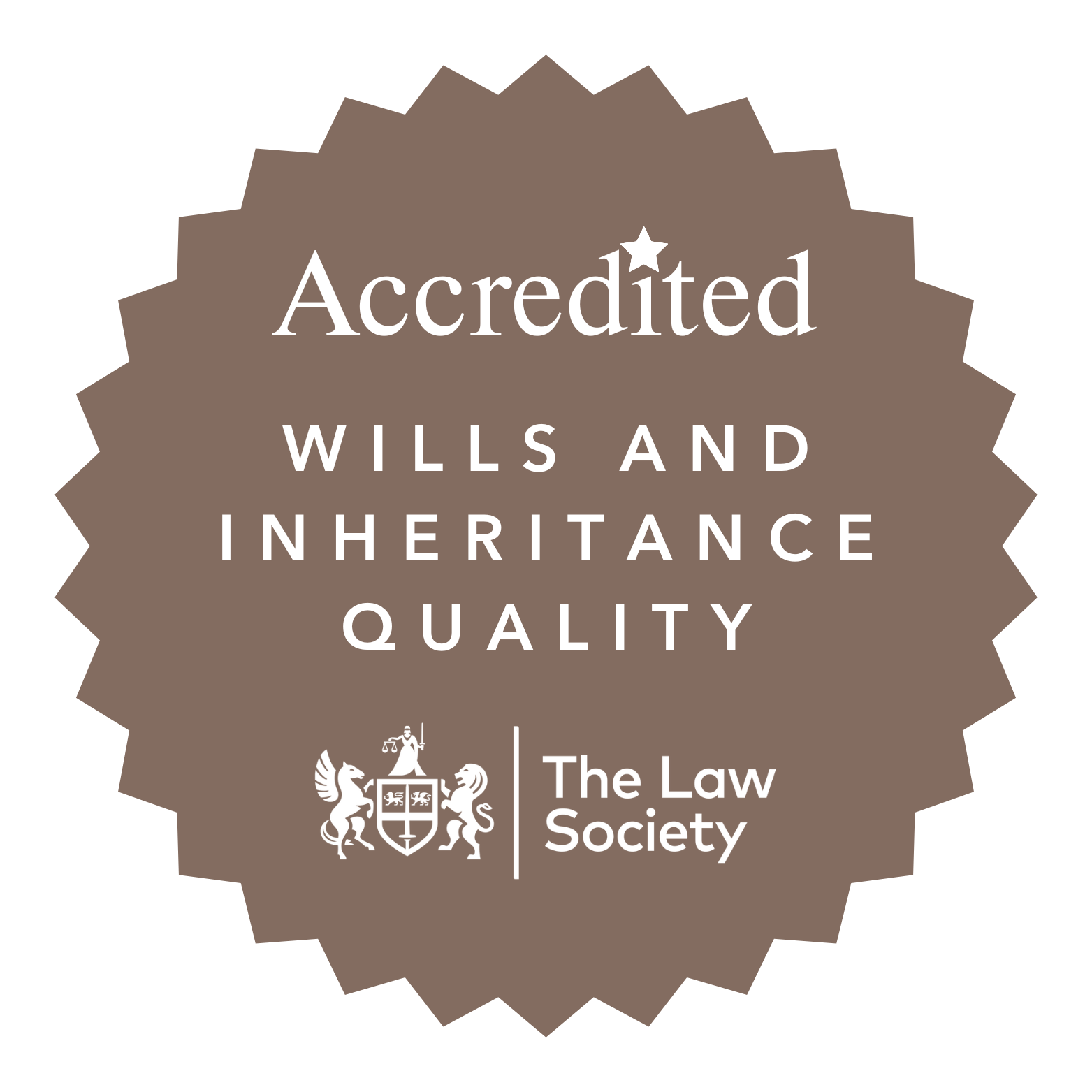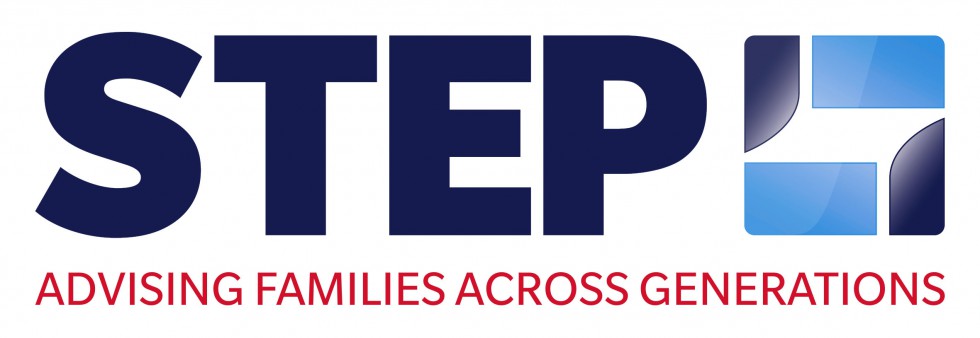There are many steps involved in the initial stage (which we often call the initial instructions) of conveyancing. Here we attempt to break them down into easy-to-understand and digestible steps.
Step 1: How do I get a conveyancing quotation?
Obtaining a quote is easy. You can get a quote by using our online calculator, or you can call us and we’ll take your details over the phone and provide you with an instant quotation. The quote will be based on many factors such as the value of the property, whether the property is freehold or leasehold, or whether it’s an existing property or a new build property. Whilst it’s not always possible to know all the detail at the outset, the quote can give you a guide of how much the legal services and additional costs would be.
There are many differences between Freehold and Leasehold Properties. A freehold property means you own the property and the land it stands on outright and indefinitely, giving you full control and responsibility for maintenance. In contrast, a leasehold property means you own the property for a fixed period as per the lease agreement, but not the land. After the lease expires, ownership reverts to the landowner unless renewed. Leaseholders may need permission for major changes and must pay ground rent and possibly service charges, whereas freeholders do not have these recurring costs. Freehold properties generally have higher market value and provide more autonomy.
The conveyancing process for a new build property differs from that for a standard (resale) property due to several unique factors associated with new builds. Some key differences are highlighted below:
For New Build Properties, Buyers often deal with contracts and agreements specific to developers, which can be complex and include clauses about property completion dates, build quality guarantees, and potential modifications. Although, with a Standard Property, the contract is typically simpler and standard, involving the current owner and covering the immediate transfer of ownership. Secondly, New Build Properties Completion is often based on the construction timeline. There can be delays, and buyers might be given a “long-stop” date (a latest possible completion date) compared to a Standard Property, where Completion dates are usually set mutually by the buyer and seller and are more predictable.
Furthermore, the solicitor acting on New build transaction must ensure the developer has proper title to the land and that the new build is correctly registered. There might be additional considerations if the property is part of a larger development. However, Standard Property Title checks are usually more straightforward, focusing on the current owner’s title and any existing issues.
Step 2: How do I Instruct a Solicitor for a property purchase or a property sale?
If you are ready to proceed with your house purchase and/or sale, then instructing your solicitor is often as easy as calling them or clicking on an “instruct solicitor” button contained within an email you may have received. Here at Thornton Jones Solicitors, we will email you your detailed quotation and within your email is a button you can click to instruct us. Of course, if you prefer you may choose to instruct us over the phone.
Once instructed, we will ‘open a file’ for you, which basically means we input your details onto our computer system and use this ‘file’ to track the progress of your conveyancing transaction. Within 48 hours of instruction we will send to you your Client Care Pack.

Step 3: What is the Client Care Pack and what checks will be done?
The Client Care Pack is a set of documents that are both important and useful. It’s important that you take time to read everything that is sent to you in your Client Care Pack. Your Client Care Pack will include:
• A letter outlining the scope of our work and our fees and other conveyancing related costs;
• A Client Declaration Form which you must read, sign, and return to us;
• A Payment Diversion Fraud Leaflet (need a small explanation of what this is);
• Our Third Fort ID App Leaflet which explains how we use an application called Third Fort to verify your identity;
• Questionnaires relating to your transaction that you should complete and return.
This leaflet is provided to all our clients to explain the different types of scenarios whereby you should be more vigilant to minimise your exposure to property fraud. This leaflet specifically highlights how to protect yourself from becoming a victim of conveyancing fraud, and what action you should take if you suspect that you have been a victim to conveyancing fraud. These schemes that are conducted by criminals are highly sophisticated, and can include them impersonating your lawyer, to con you into making a payment to their account.
Ways to spot conveyancing fraud:
– Being cautious of unsolicited emails or calls
– Checking for email address inconsistencies
– Verifying bank account details with your solicitor
– Watching out for warning signs like pressure tactics
Lastly, if you’ve fallen victim to a scam, you must take immediate action. Report the fraud to your bank to allow them to freeze the funds and advise them of the fraudulent activity that’s occurred. You must also inform your solicitor and estate agent, change passwords and secure your email account. Cooperate with law enforcement and consider seeking legal advice for recovering financial losses.
Step 4: What happens once I’ve returned my initial instructions?
Once you have completed and returned your initial instructions (Client Declaration and questionnaires), the documents will be reviewed by your appointed Conveyancer and their assistant, and we will inform you if we require anything further. You will also receive a request to your mobile phone number and your email address asking you to complete your identification checks using our Third Fort app. If you have any issues with this, then by all means contact us so that we can arrange for your identify to be verified in person at one of our offices.
Third fort is an online app which we use to conduct enhanced Identity checks on clients. The client will firstly receive an invitation from their solicitor or conveyancer to use the Third fort app. This invitation typically comes via email or SMS and includes a link to download the app. The client can then download and install the Third fort app on their smartphone from the App Store and set up an account by entering their email address and creating a password. They may also need to verify their email address. The app guides the client through the process of verifying their identity which typically involves:
Document Upload: The client is prompted to take photos of identification documents, such as a passport, driving license, or national ID card.
Selfie: The client takes a selfie within the app to match their face with the photo on the ID document using facial recognition technology. The client may also be asked to provide proof of address. This usually involves taking a photo of a utility bill, bank statement, or other acceptable documents that show their name and address. Once all required information and documents are uploaded, the client submits them through the app. The information is then securely sent to the solicitor or conveyancer for review.
Contact us
If you are looking to buy or sell a property then call us today for a free no-obligation quote or use our online conveyancing calculator for an instant quote.




The content of this blog post is for information only and does not constitute formal legal advice and should not be relied upon as advice. Thornton Jones Solicitors Limited accepts no liability for any such reliance upon this content. Where the post includes links to external websites, Thornton Jones Solicitors Limited accepts no responsibility for the content of such sites. Any link to a third-party website should not be construed as endorsement by Thornton Jones Solicitors Limited of any content, products or services which are outside our direct control.

